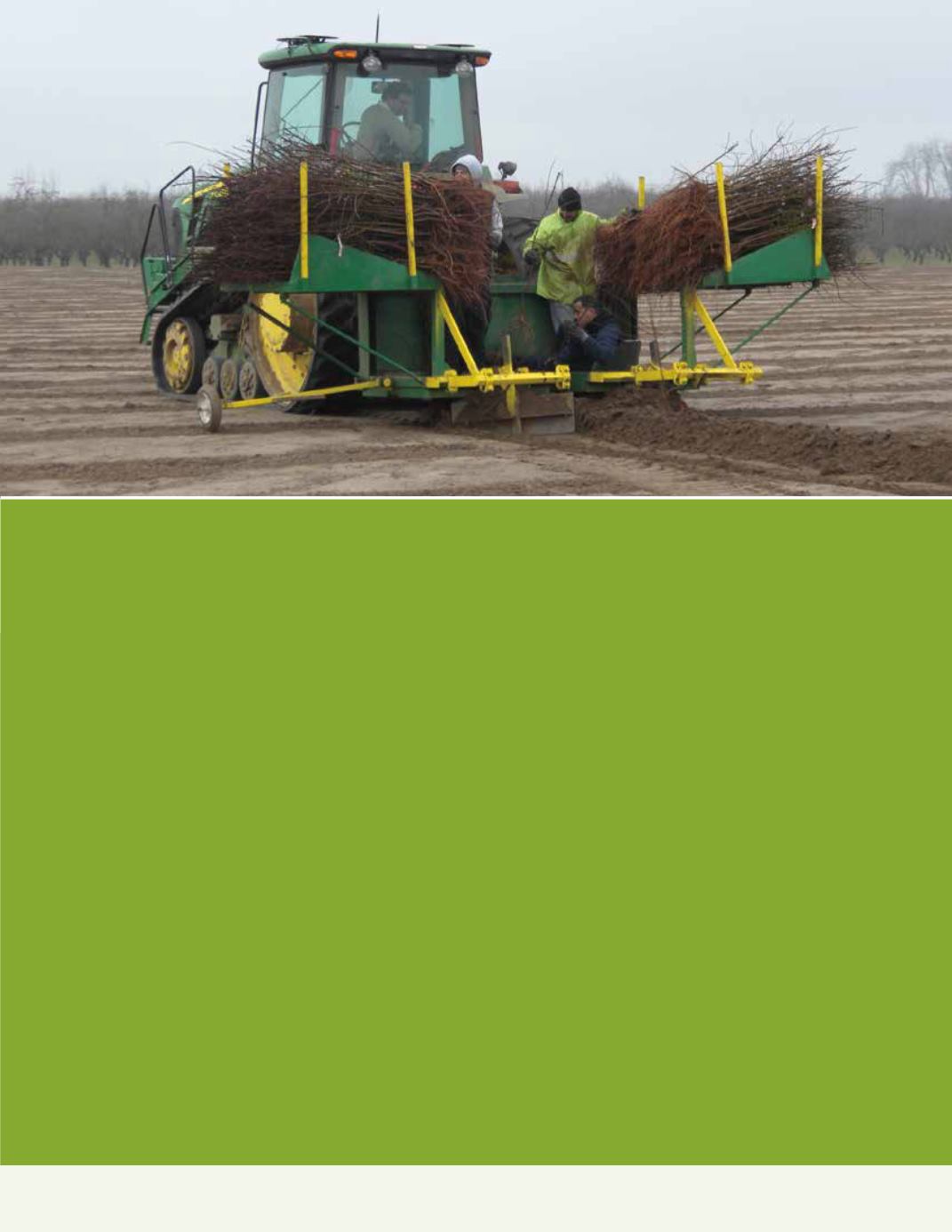
in Toxicity Category One, she noted. However,
usage of systemically-toxic pesticides has
declined dramatically and for several years
– 2009 through 2011 – no closed systems or
replacement parts were commercially available.
Moreover, the systems were complicated to use
and maintain, and container rinsing proved to be
a complicating factor. As a result, new regulations
were developed to address the problems.
The new closed system regulations became
effective January 1, 2016. The new rules take a
two-tiered approach, Schroeder explained. Tier 1
addresses compounds that are fatal if absorbed
through the skin. Tier 2 applies to compounds
that may be fatal if absorbed through the skin or
that are corrosive and can cause skin damage.
Schroeder pointed out that Tier 1 compounds
must be handled with a classic closed system,
while Tier 2 pesticides may be removed from
the container and rinsing may be done by
hand. This applies to containers of one gallon
or less. For details of equipment and handling
requirements, protective gear and exemptions,
refer to
.
If a grower chooses to make a homemade
system, UC Davis has blue prints for a hand-
pour system. Builders of homemade systems
must write their own operator’s manual which
has all of the required components listed in
3CCR6746(g), Schroeder noted.
Handler Training
Growers should review Handler Training
requirements that apply to Closed Mixing/
Loading Systems, Schroeder cautioned. The
information available from the state also
addresses prevention, recognition and first aid
for heat-related illness in accordance with Title
8 of CCR Section 3395.
Personal Protective
Equipment
New rules are in effect regarding the use,
storage and disposal of Personal Protective
Equipment (PPE), according to Schroeder.
For example, employees whose workday
does not involve returning to the employer’s
headquarters must remove and store potentially
contaminated coveralls in a sealable container
outside of the living quarters for subsequent
return to the employer. New rules also require
that PPE be available for use at the worksite and
stored in a chemical-resistant container, such as
a plastic bag.
Rules applying to storage of contaminated
protective gear after an employee leaves a
treated area, after leaving a tractor to work
on a sprayer for example, require that the PPE
JANUARY | FEBRUARY 2016
Almond Facts
33


